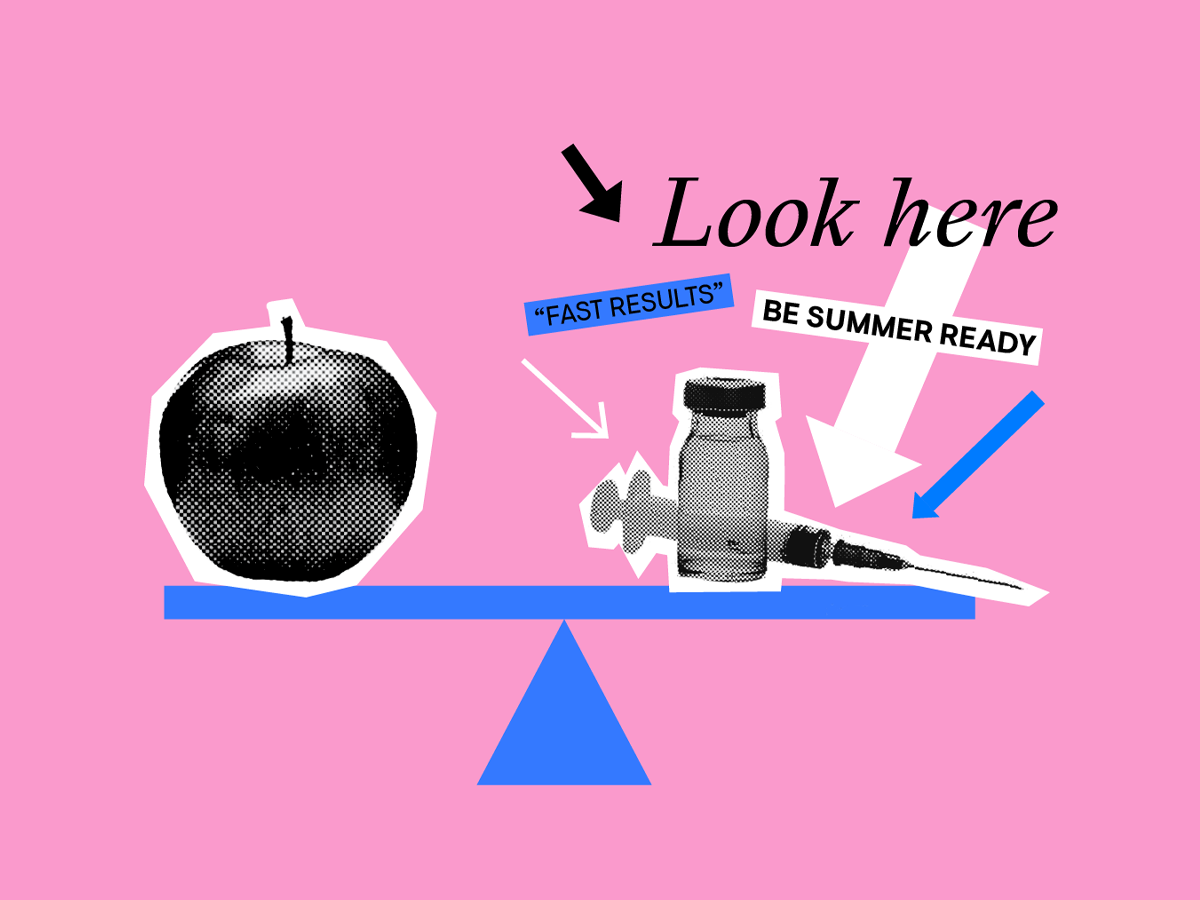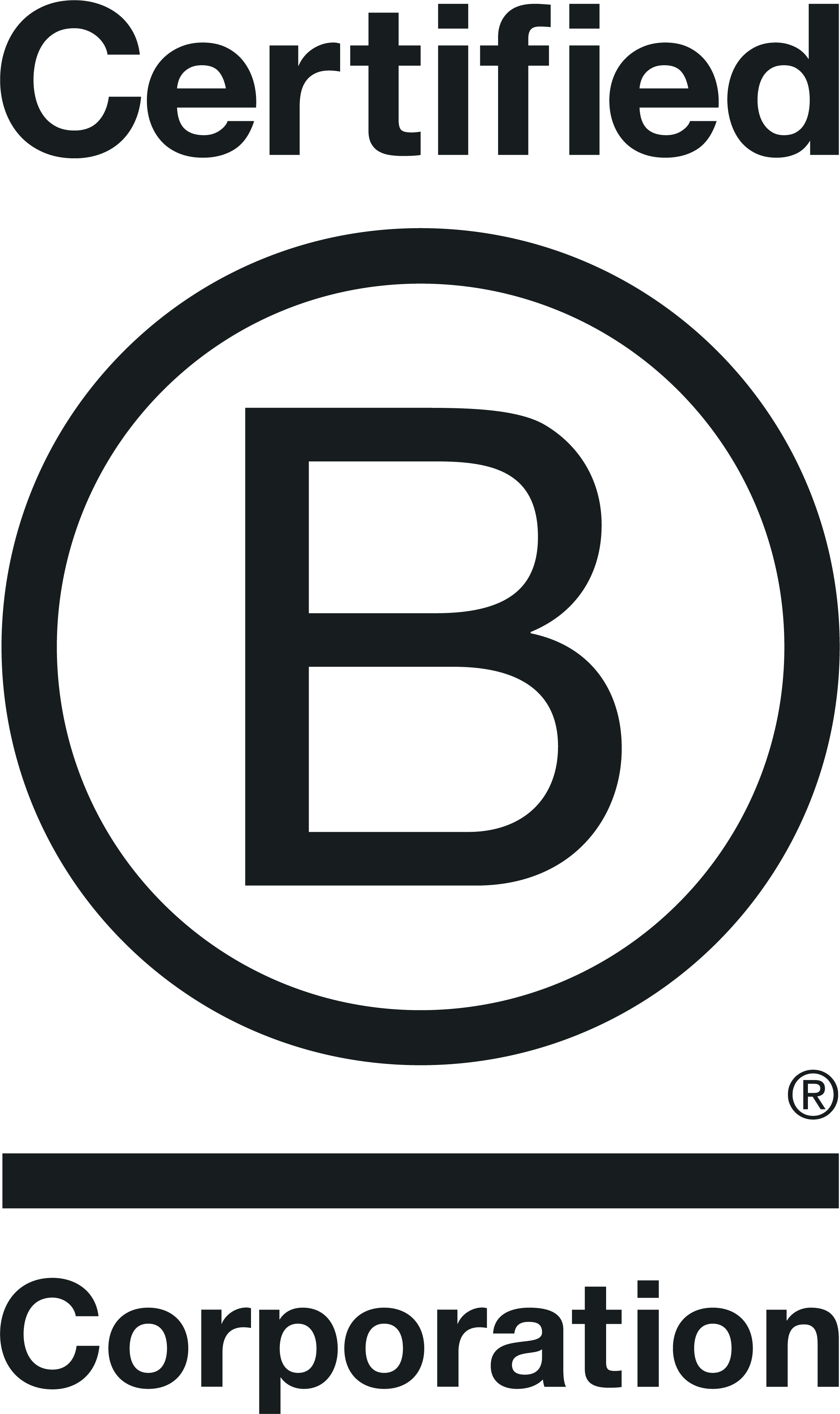Glass Half Full is a series of events presented by Wax/On that focuses on the contentious issues within our industry through an optimistic lens. In May 2019 the topic was “Purpose smurpose”, discussing the pros and cons of brand purpose.
In his follow-up article, our Non-Executive Director and Wax/On Planning Partner Mark Runacus MBE raises the issue of brand purpose accountability.
Brand purpose is the on-trend focus for modern marketing leaders. And I’ve been lucky enough to work with brands that had purpose built into their DNA before we even came up with the concept. Like Honda: “A company that society wants to exist”; and The Economist: “take part in a severe contest between intelligence, which presses forward, and an unworthy, timid ignorance obstructing our progress,” (since 1843). But if you scratch beneath the surface of some newcomers to the concept, it’s shocking to see how shallow brand purpose pledges run.
Now I’m definitely on the “do it!” side of the brand purpose debate. But I remain concerned that the majority of brand purposes may not be sustainable – and it’s time we did something about it. I fear if we aren’t careful brand purposes will start to come and go like ambitious CMOs and their award-hungry advertising agencies. Instead I want to do something positive about the public perception of advertising, and in doing so would like to encourage our creative community to achieve much more than just selling stuff.
Brands with purpose can help with both.
So this is a call for a holistic approach to brand purpose strategies. A “they’re not just for Christmas, they’re for life” message if you like.
My journey to brand purpose enlightenment was inspired by Scott Goodson’s excellent book “Uprising”. If you haven’t read it, this is about creating a movement for change that a brand can be part of and even lead. And of course every great movement has a compelling rallying cry, which a good brand purpose will do admirably.
Like its siblings ‘Brand Proposition’ and ‘Company Mission’, your Purpose must be founded in an undisputable truth about your product, your brand and/or your business. In short, it must be credible and authentic.
And my brand-side colleagues have pointed out the importance of starting within (people and culture) before you finalise any external manifestations of your Purpose.
I’m slightly worried that at least a few purposes have been built rather too fancifully. But that’s not the main thrust of my argument. What really worries me is who is holding these brand purposes to account?
Who is deciding whether a brand is living up to its Purpose? And what happens if it isn’t? I know of a couple of organisations who are giving kitemark-like approval and recognition to businesses who meet high and rigorous standards of sustainability and social awareness (e.g. B Corp and Business in the Community) and they are to be applauded. But they don’t scrutinise individual Purpose statements and neither do they ensure that brands are truly delivering against them.
Several years ago, when Brand Purpose was still relatively unique, I applied some brain cells to this problem and acknowledged that finding a Purpose benchmark wouldn’t be easy. I soon came to the conclusion that it would probably be a blended metric fusing social sentiment, primary research, net promoter scores, and more.
And here I’m not talking about just measuring the positive societal impact of your Purpose. That’s vital too and would be another data point in the Purpose metric.
At our recent Wax/On event “Purpose smurpose” guest speaker Ben Greensmith from Dutch chocolate brand Tony’s Chocolonely set the bar high when he explained that they have a series of Purpose-related KPIs which are independently audited by PWC and published in their annual report.
For larger organisations I do hope that shareholders will hold their investments to account and demand to see evidence of behaviours in line with Purpose, along with Purpose impact reports that feature in the company’s annual report. So ultimately, Purpose should be a CEO KPI.
I see a real opportunity for an entrepreneurial research organisation to perfect the right Purpose benchmarking methodology and then publish it in partnership with, say ISBA, who would make participation in the Purpose benchmarking a condition of membership.
If we don’t do this, consumers will quickly tire of brands’ hollow promises to save the world, and adland’s reputation will take a further beating, which we simply cannot afford.




